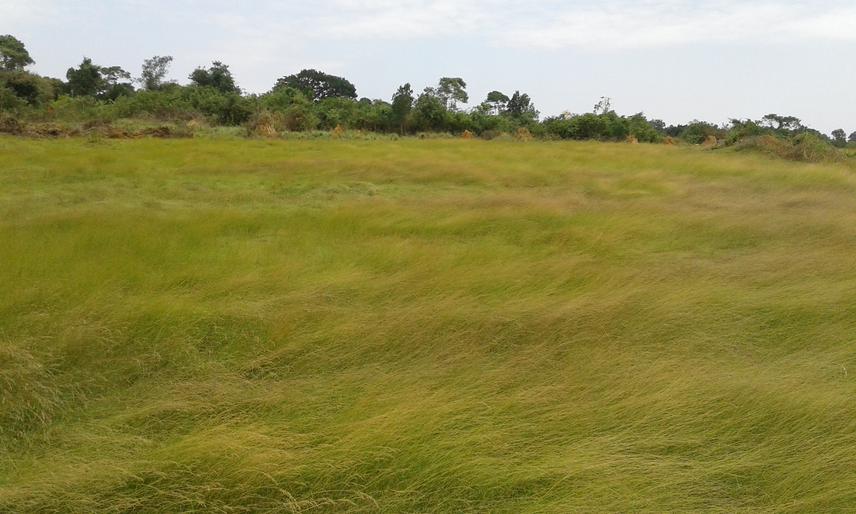Dianah Nalwanga
This project is aimed at promoting community conservation of the Blue Swallow, by obtaining reliable information and monitoring the state of its population and threats to its habitat.

This project targets the conservation of the Blue Swallow Hirundo atrocaerulea at Mabamba bay, an Important Bird and Biodiversity Area in Uganda. This intra-African migrant, wintering in Uganda, Democratic-Republic-of-Congo and Kenya (May-September), and Vulnerable according to IUCN, has a declining global population attributed to its grassland and wetland habitat destruction and degradation in its range. Uganda being one of its main non-breeding sites is contributing to this decline mainly driven by destruction and degradation of the suitable habitat in much of the country owing to afforestation, intense human settlement, cultivation, livestock-farming, over-grazing, grass-burning and invasion by non-native plant species. All that is going on in this non-breeding site because of various reasons but the concern of this project is the absence of i) reliable information about the species and the threats to its habitat; and ii) conservation action to protect the species.
So, we focus on obtaining relevant information to support awareness and education campaigns, as a first step to get the people on board, and then we will set up a monitoring programme and start with a few restoration activities. The rest can be done later. Therefore the objectives of this project are:
i) to obtain reliable information about the species and the threats to its habitat. This will guide community conservation action in reducing these threats;
ii) together with the community, contribute to the conservation of the Blue Swallow by conducting an awareness and education programme, designing a replicable simple (low-key) monitoring programme to guide the conservation actions and conducting a small habitat restoration programme.
This project will be implemented with the Mabamba site support group (SSG). It contributes to the community action plan for this SSG, earlier developed through the Local Empowerment Project (LEP) supported by BirdLife. Interventions developed will be replicated in other Blue Swallow sites in the country. The project will have a one year duration starting May 2016, targeting the next wintering season for the species, which arrives in the country around May and leaves around September every year. The proposed activities of this project will be done together with the communities and other partners operating in the site like Nature Palace Foundation and Environmental Alert. Given that this community already has other monitoring and conservation projects like for the Shoebill and other biodiversity, they are likely to easily incorporate this project into their monitoring programme.